12 Great Plants for Mid-Century Modern Homes in Minnesota
When creating landscapes that fit the design criteria of the mid-century modern homes in our region, we look for plants that offer great tonal value, accent without over powering the house, can be used to create clean lines, and can create planes and layers. Here are some plants that we find especially purposeful in our design endeavors.
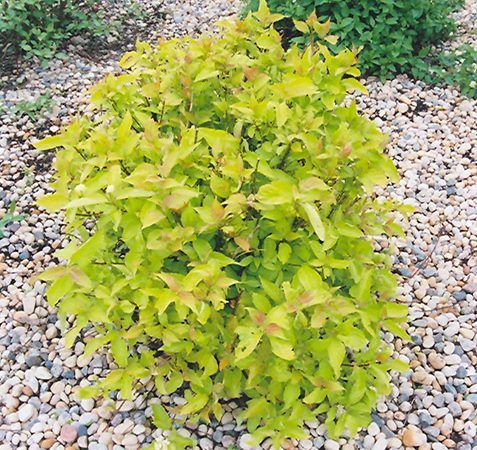
Garden Glow Dogwood
Attractive chartreuse deciduous foliage turns an outstanding red in the fall. It has clusters of white flowers at the ends of the branches in late spring. The red branches add significant winter interest
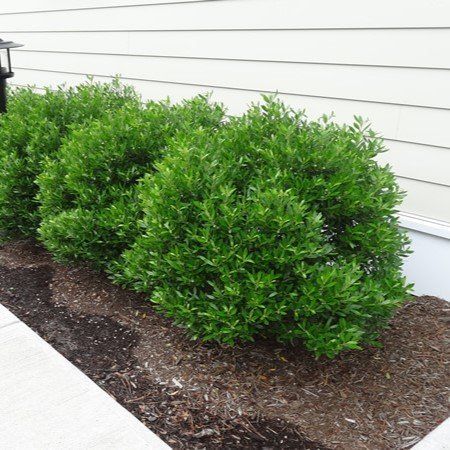
Shamrock Holly
It’s compact rounded growing habit and olive-green leaf color make it a great substitute for the less hardy boxwoods. Can be used as an evergreen foundation plant, hedges, masses or an accent plant.
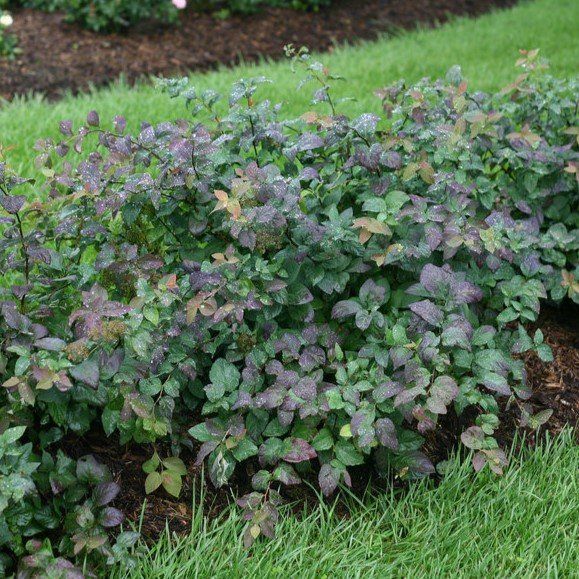
Double Play Blue Kazoo Spirea
The blue foliage and white flowers work with any home color, even orange or red brick, colorful new growth keeps this plant interesting all growing season, and needs no special pruning or other maintenance.
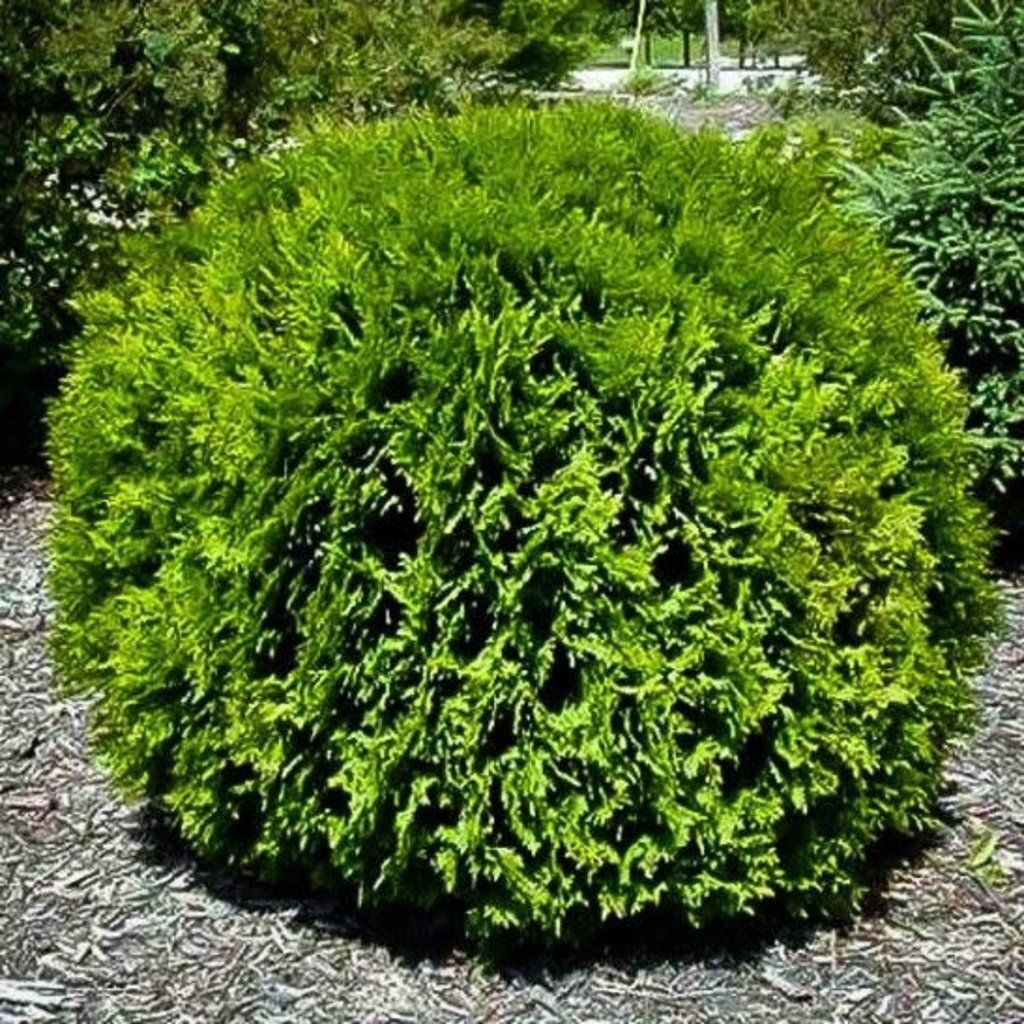
Hetz Mini Arborvitae
It’s naturally rounded shape and small form allows for many different applications. Another good substitute for boxwoods.
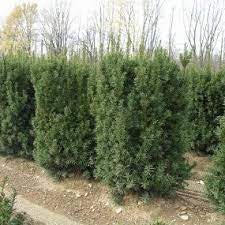
Nova Yew
Narrowly upright and columnar growth habit and relatively fine texture sets it apart from other landscape plants with less refined foliage.
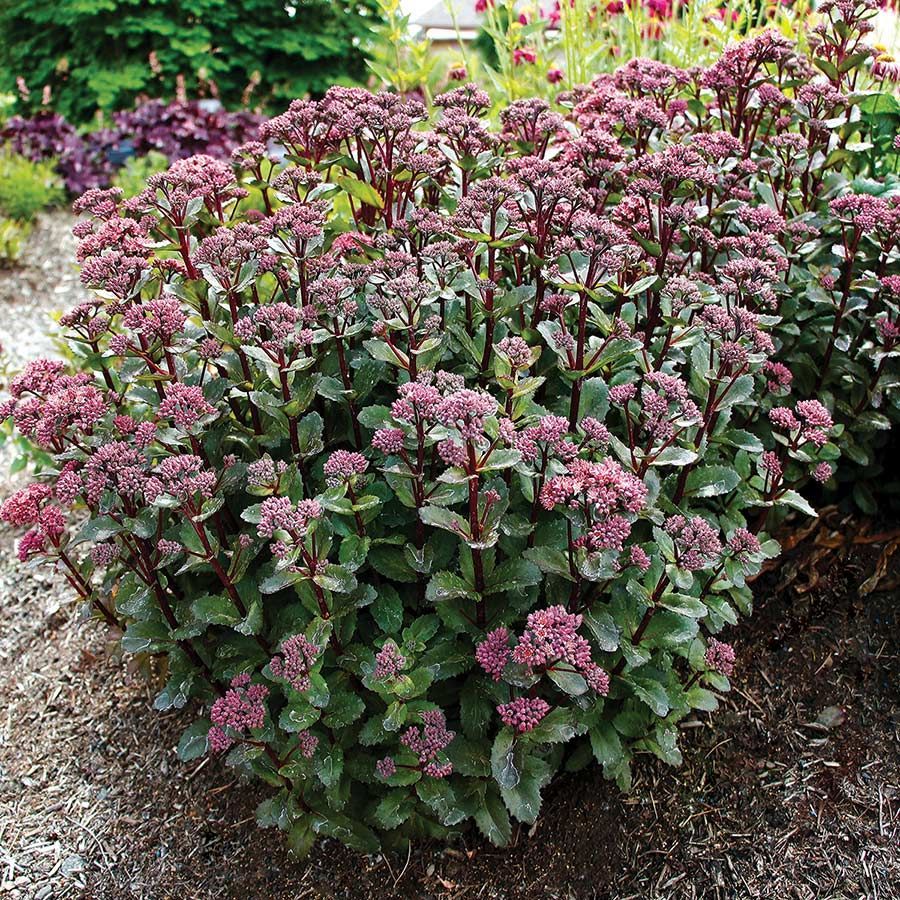
Double Martini Sedum
Strongly contrasting maroon stems and olive-green leaves grab the attention. Easy to grow, drought resistant, and nice mounding habit makes this a versatile plant in the garden
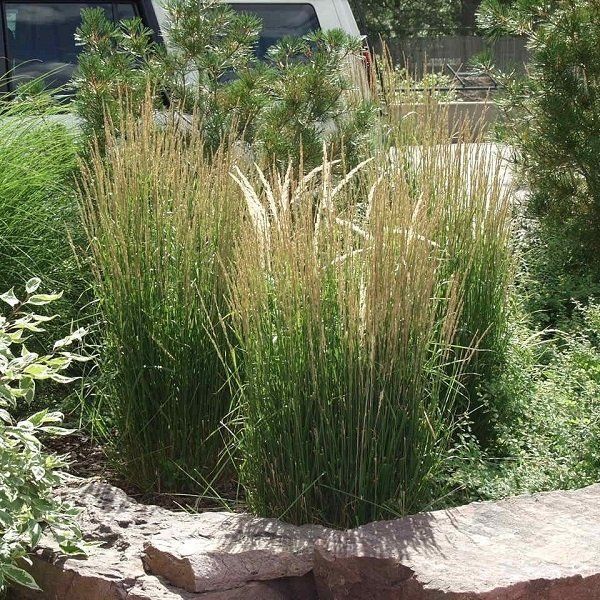
Overdam Feather Reed Grass
Stunning as a specimen plant, in borders, or massed. Noted for its variegated foliage and a little more subtle than its overused cousin. Can be used in a host of conditions.
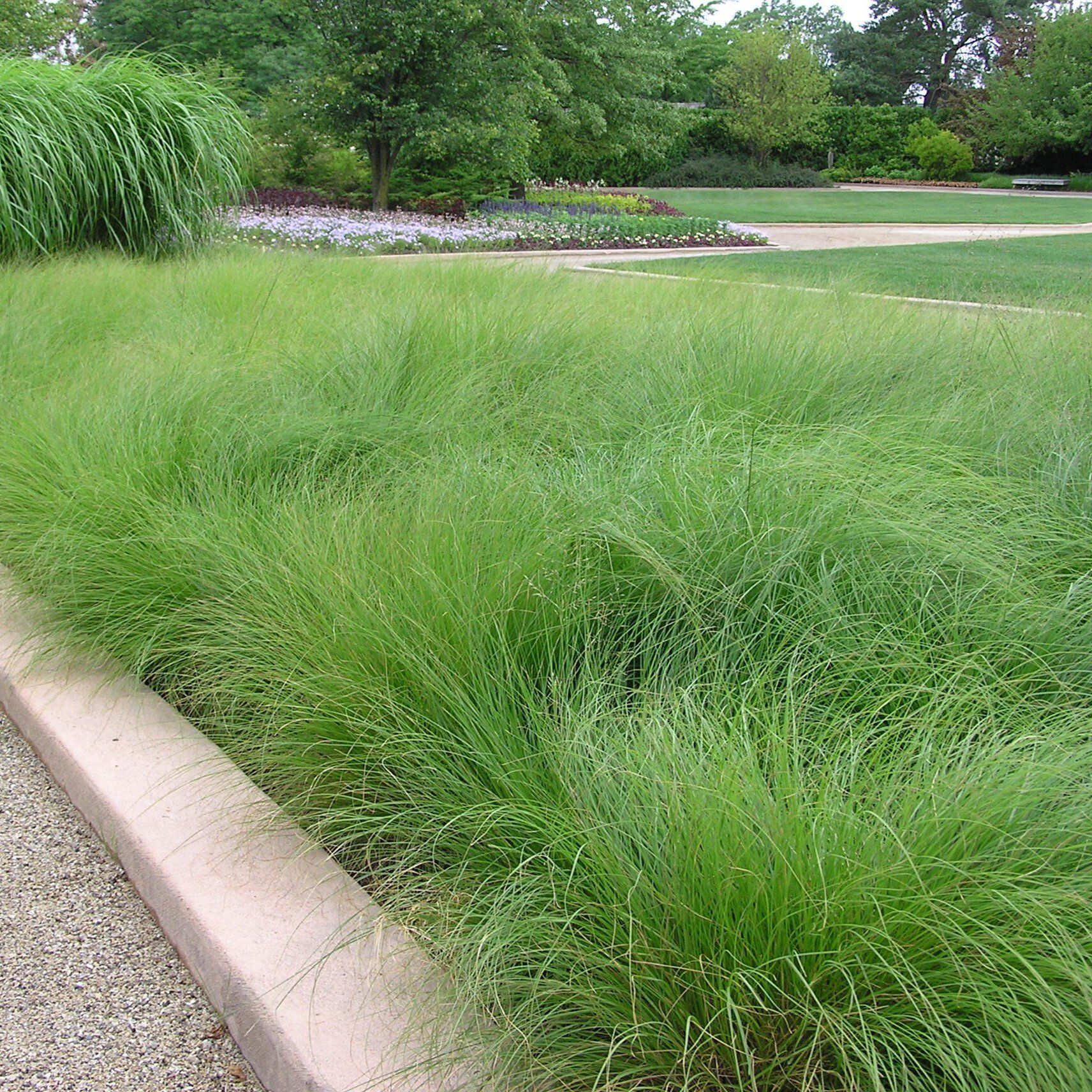
Prairie Dropseed
An architectural grass with year- round interest. Perfect in borders or massed. Easily blends with other plants in the landscape
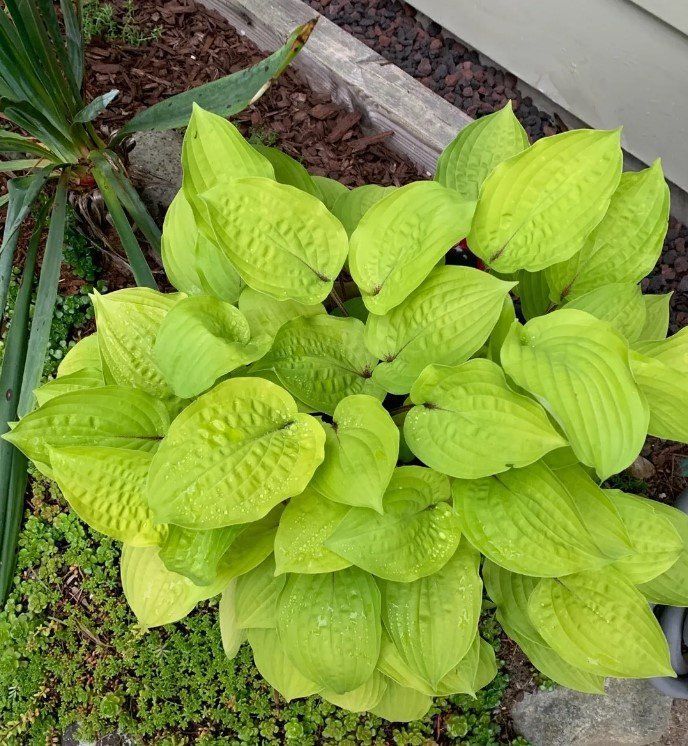
Designer Genes Hosta
Prized for its brilliant foliage and red stems this plant is a great addition to shadier areas in the landscape.
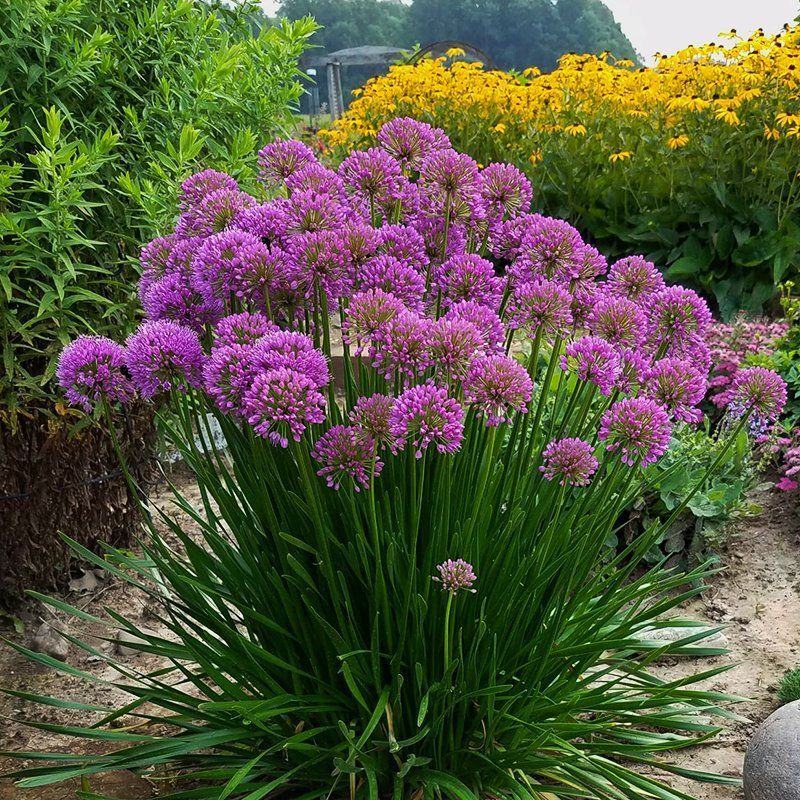
Allium Millennium
This hybrid Allium blooms in mid-summer with large globes of rose-pink flowers. Mature plants have dozens of globes covering this perennial plant. Attractive, shiny deep-green grassy foliage is very ornamental.
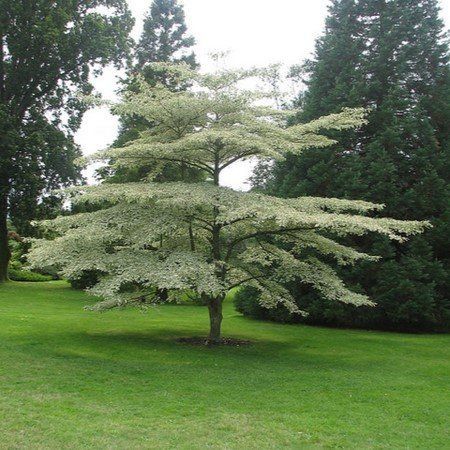
Pagoda Dogwood
The horizontal branching of this tree forms tiers giving it a uniquely architectural quality.
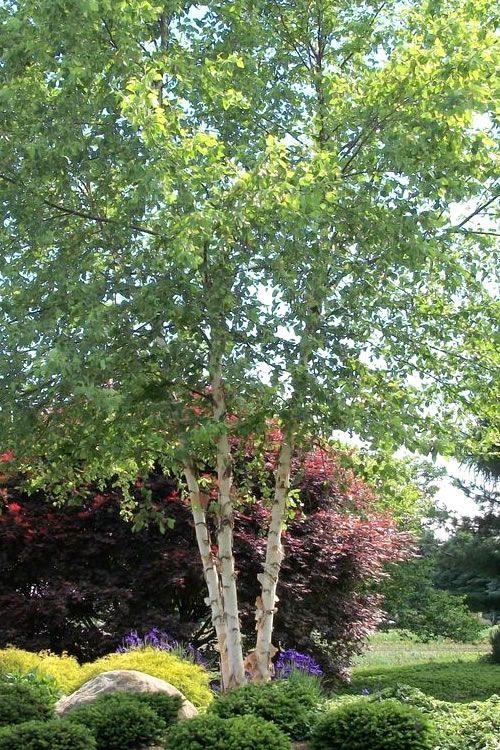
Heritage River Birch
A truly all-season tree with very showy creamy peeling bark with white under bark against dark green leaves that turn pale yellow in the fall.
Specimen plants can be used to create great focal points in the landscape. Here are 3 bonus plants to highlight your landscape:
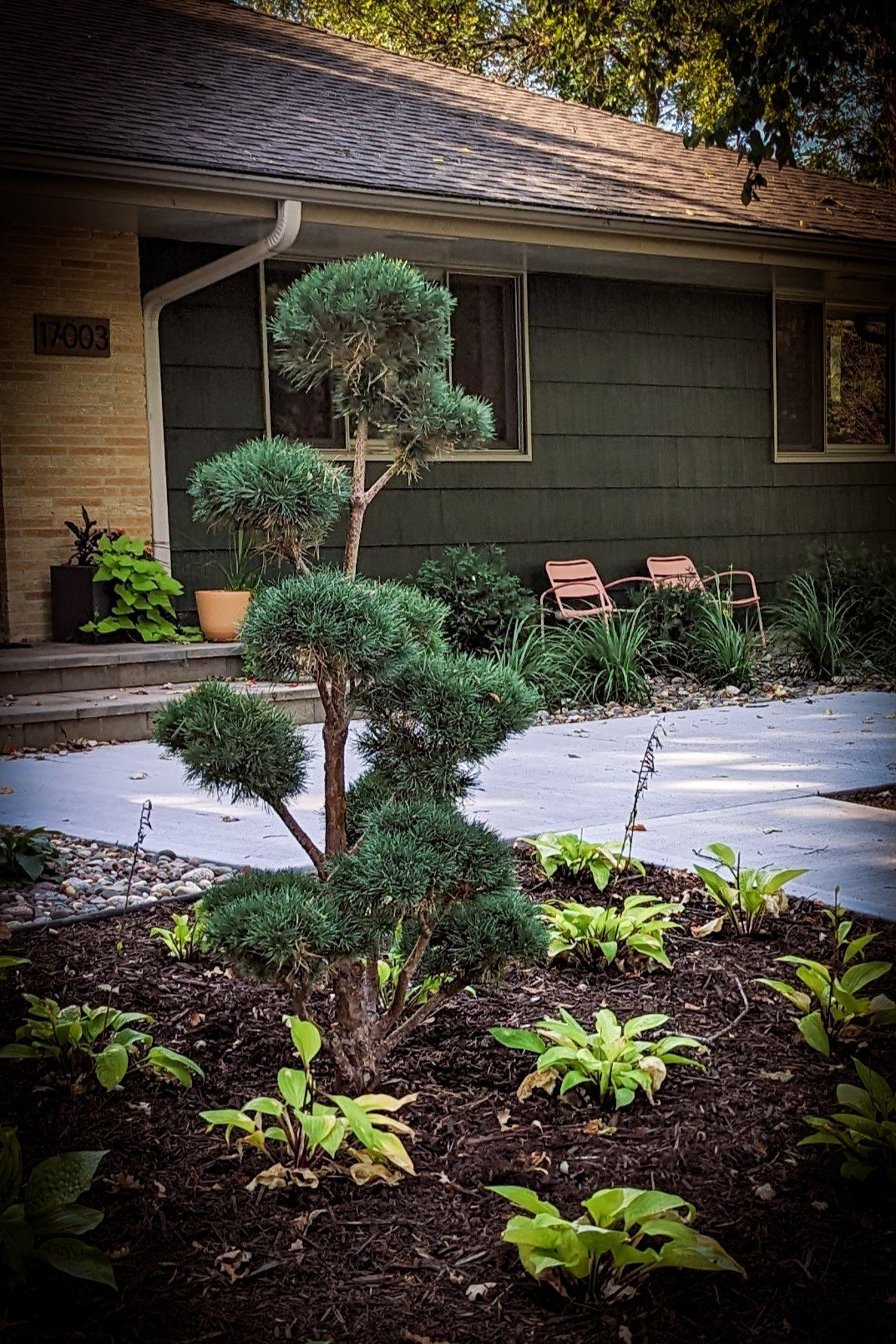
Scotch Bona Hindu Pan
A dwarf, upright cultivar that in a topiary form that typically matures over time to 6' tall.
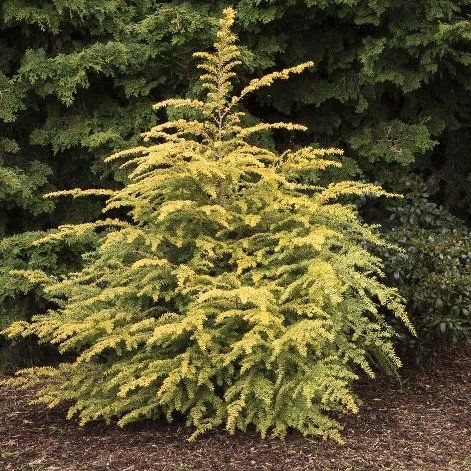
Golden Duke Hemlock
A slow growing and stunning specimen tree with foliage that offers year-round interest.
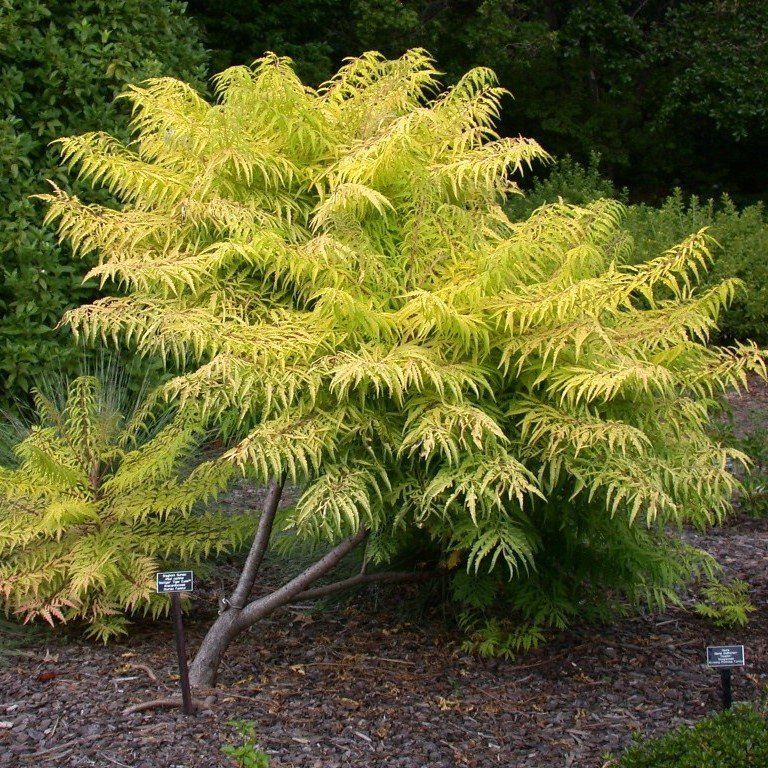
Cutleaf Tiger Eyes Sumac
A great substitute for Japanese Maples in Minnesota with their striking chartreuse foliage and fantastic yellow, orange, red fall color.
For more detailed information on landscape design for mid-century modern homes in Minnesota check out KG Landscape’s page
here
.










